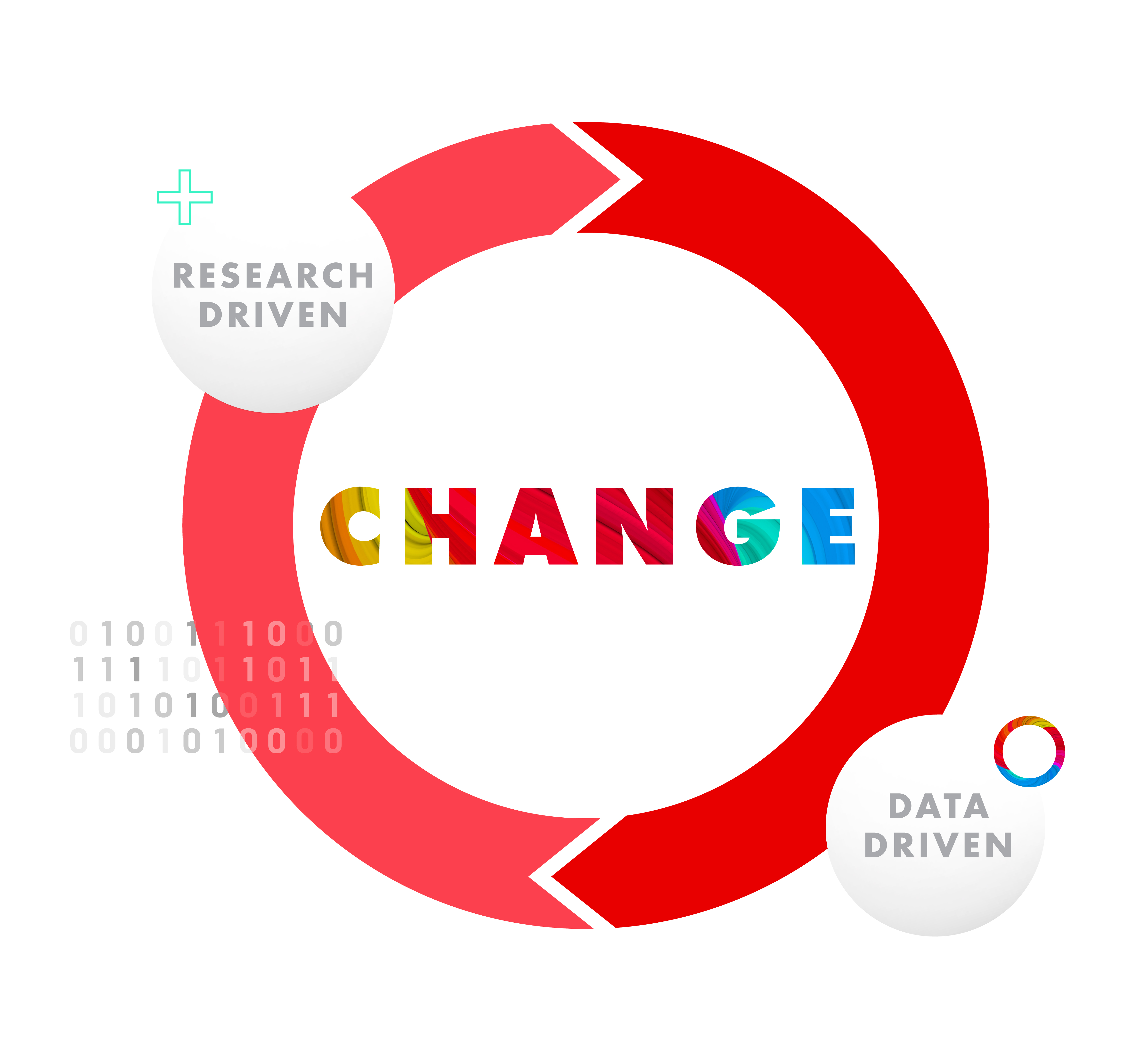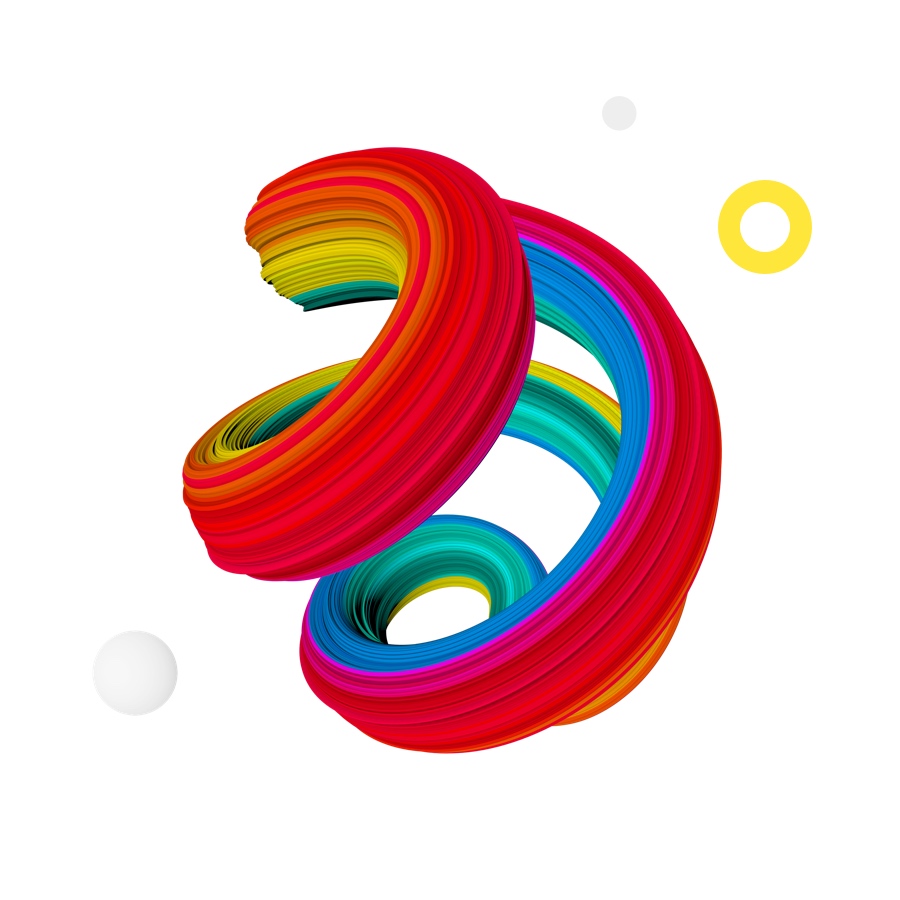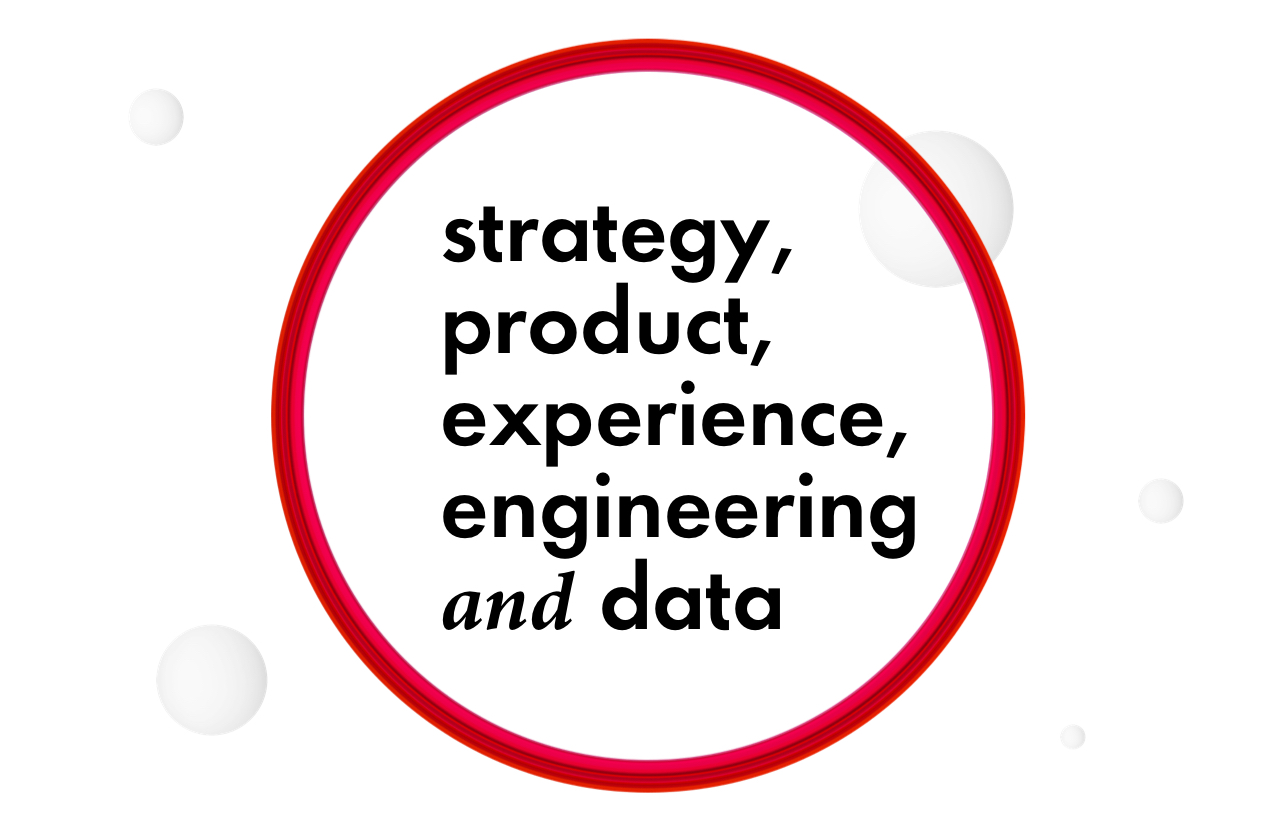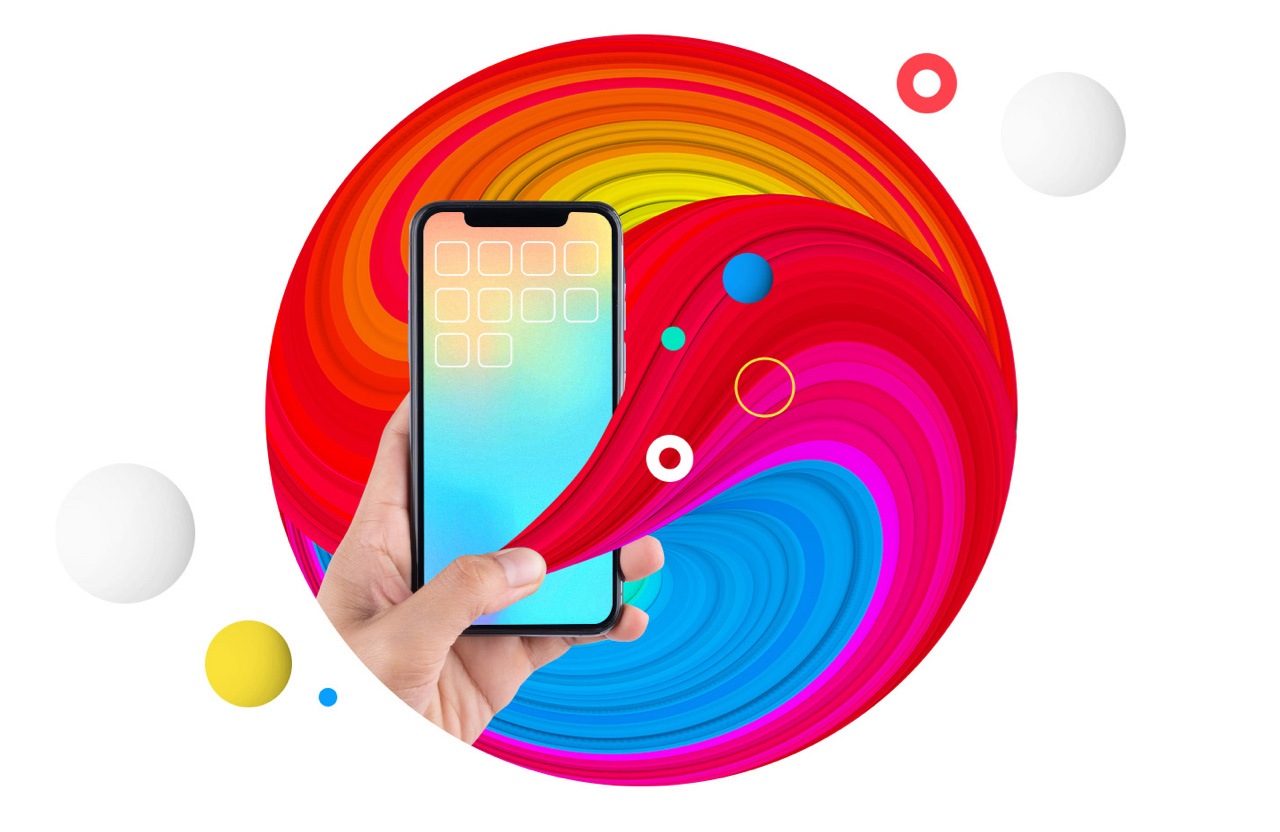What issue can we solve for you?
Type in your prompt above or try one of these suggestions
Suggested Prompt



Dataful Customer Insights
Dataful Customer Insights
Randall Orbon, global head of strategy and consulting, chats about how to lead clients with data
Two years ago, Publicis Sapient began approaching experience design with a new set of assumptions. Today, our ideal for what an experience should be is, in a word, “dataful.” To be dataful means to be led by data, both in the development of products and experiences, and in the iterations that follow. But at the time, for Randall Orbon, global head of strategy and consulting, the new approach was both exciting and a little worrying.
Why were you worried?
Since the acquisition of Studio Archetype (an architectural imaging and animation studio) by Publicis Sapient at the dawn of the internet boom, our experience design work has been largely hypothesis-driven based on primary and secondary research, such as ethnographic research (the study and recording of human cultures). This drove the creation of personas that would then be used as a focal point for the customer journey. The quality of the design had a heavy orientation to quality of the creative product.
I was worried because we have many people have who are connected to those ideas. I was worried that if we added in these new assumptions, people might get lost in the evolution we were driving.
[Being dataful] allows us to more rapidly test and evolve our hypotheses on key value drivers for our clients’ businesses and provide data-led perspectives on how to prioritize choices to maximize overall return.
What excited you about the idea of being dataful?
It’s a catalyst for a change in how we think about experiences and their design. Shifts are being made in design from being purely research-driven to data-driven, from point-in-time insights and primary and secondary data to real-time insights driven by first- and second-party data combined with deep analytics. What this does is create a feedback loop that allows clients to test and learn much more rapidly about the creative product, customer experience, the actual end products themselves, and importantly, the changing nature of customer needs that could surface new products and business models.
That's exciting because we're being innovative. We're trying out something new. We're leading our clients. I think if you went with the prior approach—unless you've got a great creative idea, narrative or design—it's not a different way of doing things from many of our competitors. It's not going to lead clients that much. When we bought Studio Archetype and married it with our engineering legacy, it was revolutionary. We were the first to do that, and many followed afterwards. I see this evolution in much the same way. We will be the first to make this leap.

How does being dataful connect to your work in strategy and consulting?
In strategy and consulting, we orient our work around value identification. We have been adding management consultants from firms like McKinsey, BCG and Bain to the team who are trained to be data-led in their approach to value identification and connecting their skillset to our specialized strategists and capabilities across the business.
In the context of strategy and consulting, being dataful means using data to identify customer and business value. It allows us to more rapidly test and evolve our hypotheses on key value drivers for our clients’ businesses and provide data-led perspectives on how to prioritize choices to maximize overall return.
The other thing we're doing with strategy is really reinvigorating what we're doing around research and how we collect data to help support all the strategy work we do.
“When we bought Studio Archetype and married it with our engineering legacy, it was revolutionary. We were the first to do that and many followed afterwards. I see this evolution in much the same way. We will be the first to make this leap.”
How will you be innovating original research?
Francis Walton (head of research and strategy at Publicis Sapient) brought together this vision of where we want to go, which I'm excited about. He has a couple different ideas. One is: let's update how we do it. Historically, it was akin to traditional ethnographic research, where we go interview a bunch of people, get a prototype and test what we're doing. That kind of research has been around for a long time. One of the elements of what Francis has done is—going back to the other theme of being dataful—if you want to do a custom piece of research, there are a lot of companies you can partner with to get it done in 30 minutes online. So you can come up with original research rapidly at low cost.
The other idea that I really pushed him toward is: let's unify everyone to align to one vision for how we're going to do business research, experience research, whatever kind of research, so it's all integrated together, and have everyone drive toward that globally. This will make it easier both internally and externally to understand how research fits into our digital business transformation work.
-
![The five capabilities needed for perpetual relevance: Strategy, Product, Experience, Engineering and Data]()
Article
How to Develop the Muscle of Continuous Change
The secret to business longevity is being able to change at pace with the world. Find out how becoming digital at the core gives that to you.
-
![Single hand holding a smartphone]()
Article
Below the Glass: What Most Companies Don’t Realize About Customer Experience
Traditional business transformation strategies don’t account for four major shifts to the customer experience that require new ways of thinking.
-
![Single hand operating a stopwatch]()
Article
Timely Trumps Timeless When Designing for Today’s Customers
When it comes to creating experiences that meet the increasing expectations of customers, you would be well-advised to follow a few key design principles.

Digital Business Transformation Newsletter
Subscribe to exclusive transformation-focused trends and insights.






